Nutritional Value Comparison
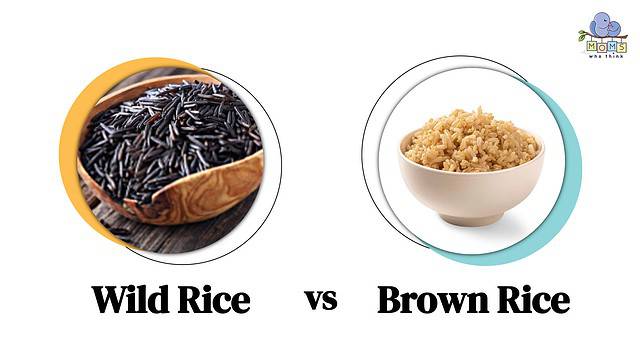
When comparing the nutritional value of white rice and wild rice, there are significant differences to consider. White rice tends to be more processed, resulting in a loss of nutrients. It is lower in fiber, protein, and essential minerals compared to wild rice. On the other hand, wild rice is a complete protein, containing all essential amino acids. It is rich in fiber, potassium, and zinc. Therefore, if you are looking for a more nutritious option, wild rice is the clear winner.
White Rice Nutritional Value
White rice is a staple food in many cultures, but its nutritional value may be limited compared to other types of rice. White rice is high in carbohydrates and low in fiber, which can cause a rapid rise in blood sugar levels. It is also low in essential vitamins and minerals due to the removal of the bran and germ during the milling process. However, it is a good source of energy and can be a part of a balanced diet when consumed in moderation.
Wild Rice Nutritional Value
Wild rice is a highly nutritious grain that offers several health benefits. It contains fewer calories, fat, and carbohydrates compared to both brown and white rice. Wild rice is also a complete protein, providing all nine essential amino acids. Additionally, it is rich in fiber, potassium, and zinc, surpassing the levels found in brown and white rice. A 5-ounce (100-gram) serving of wild rice provides 4 grams of protein, twice as much as regular brown or white rice. It is also a good source of fiber, with 1.8 grams per 3.5-ounce serving.
Differences In Texture And Flavor
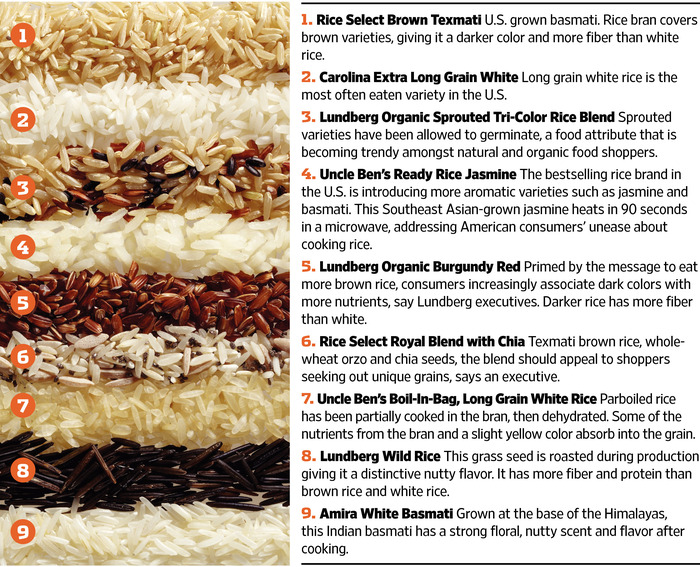
When it comes to texture, white rice and wild rice couldn’t be more different. Cooked white rice is softer and fluffier, with a more tender bite. On the other hand, wild rice has a chewier and slightly more crunchy texture, adding a pleasant and interesting mouthfeel to dishes.
In terms of flavor, white rice is mild and neutral, serving as a blank canvas to soak up other flavors in a dish. Meanwhile, wild rice has a distinct nutty and earthy flavor that adds depth and complexity to any recipe. Its unique taste can enhance a variety of dishes, from soups and salads to main courses.
Texture Of White Rice
White rice has a soft and fluffy texture that is beloved by many. After cooking, the grains become tender and easily break apart with a fork. Its smooth and creamy consistency makes it a versatile ingredient in various dishes. Whether it is steamed, boiled, or fried, white rice maintains its silky texture. The grains are light and delicate, providing a pleasant and comforting mouthfeel. This texture allows white rice to absorb flavors well, making it a perfect accompaniment to saucy dishes or as a base for stir-fries.
Flavor Profile Of Wild Rice
Wild rice has a distinct and nutty flavor that sets it apart from white rice. It has a rich and earthy taste with a slight hint of sweetness. The flavor of wild rice is often described as robust and hearty, adding depth and complexity to dishes. Its unique taste adds a unique element to recipes, making it a popular choice for salads, soups, and side dishes. The nutty flavor of wild rice pairs well with ingredients such as mushrooms, herbs, citrus, and poultry, creating a delicious and satisfying culinary experience. The robust flavor of wild rice can elevate any dish to a new level of deliciousness.
Cooking Methods And Preparation
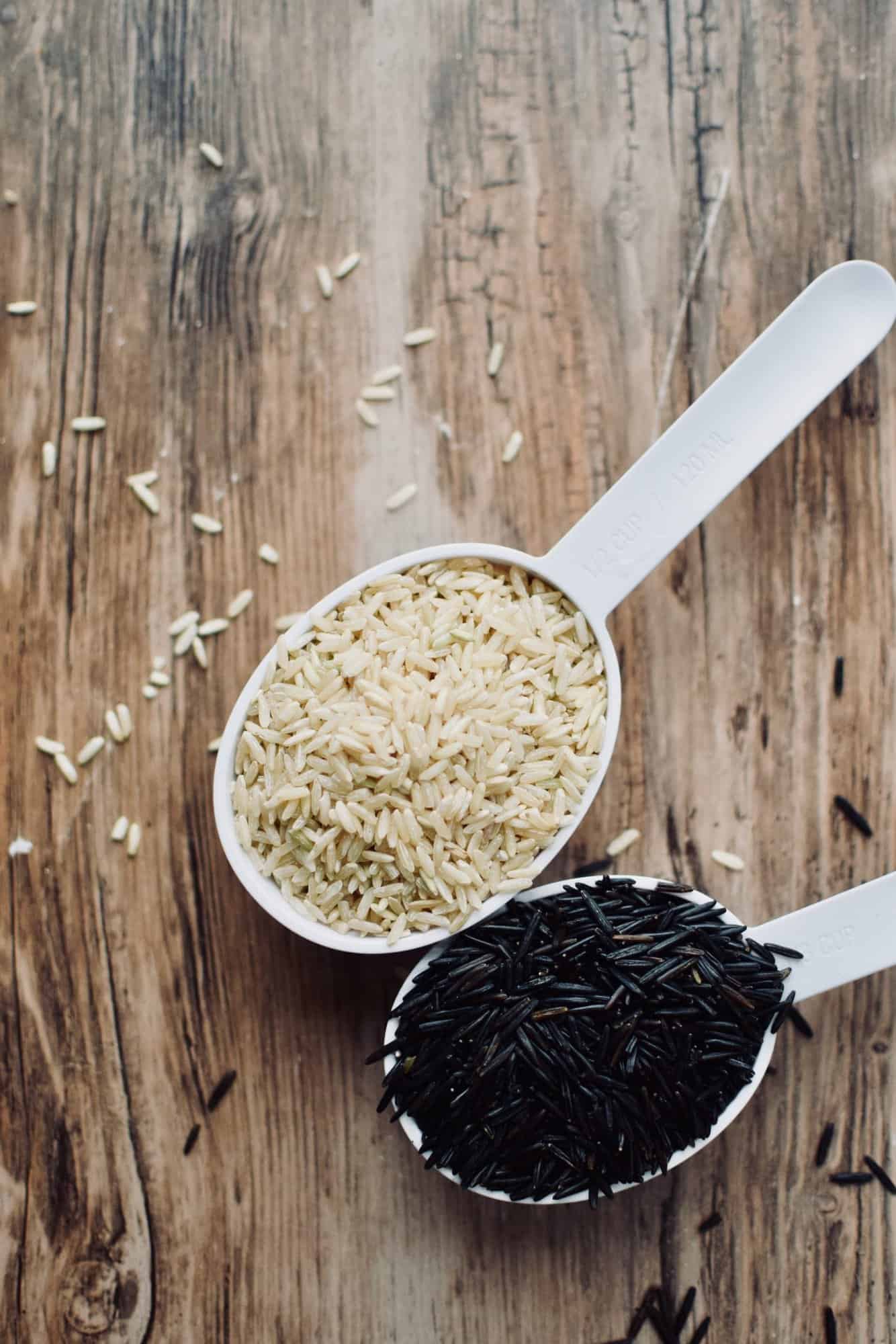
Cooking white rice is a relatively simple process. The most common method is to use the absorption method, where you combine rice with water or broth, bring it to a boil, then cover and simmer until the liquid is absorbed. This results in fluffy and tender rice. Another popular method is using a rice cooker, which takes the guesswork out of cooking rice and produces consistent results.
Preparing wild rice requires a longer cooking time compared to white rice. It is best to rinse the rice before cooking to remove any debris. The most common method for cooking wild rice is a simmering method, similar to white rice. It is cooked in a larger amount of liquid for a longer period of time, usually around 45-60 minutes, until the grains are tender and have popped open. Wild rice can also be cooked in a rice cooker or pressure cooker for convenience.
Cooking White Rice
Cooking white rice is a relatively simple process. The most common method is to use the absorption method, where you combine rice with water or broth, bring it to a boil, then cover and simmer until the liquid is completely absorbed. This results in fluffy and tender rice. Another popular option is to use a rice cooker, which takes the guesswork out of cooking rice and produces consistent results. It is important to follow the recommended ratio of rice to liquid to ensure the perfect texture. Additionally, rinsing the rice before cooking can help remove any excess starch.
Preparing Wild Rice
Preparing wild rice is slightly different from cooking white rice. Here are the steps to prepare wild rice:
- Rinse the wild rice: Before cooking, rinse the wild rice under cold water to remove any debris or impurities.
- Soak the wild rice (optional): Soaking the wild rice for a few hours or overnight can help reduce the cooking time and result in a more tender texture. However, this step is optional.
- Use the right ratio of liquid: The recommended ratio for cooking wild rice is 1 part wild rice to 3 parts liquid. You can use water or broth for added flavor.
- Simmer on the stovetop: In a saucepan, bring the wild rice and liquid to a boil. Reduce the heat to low, cover the pan, and let it simmer for about 45-60 minutes or until the rice is tender and has absorbed most of the liquid.
- Fluff and rest the rice: Once cooked, remove the pan from heat and let the wild rice sit, covered, for about 5-10 minutes. Then, fluff the rice with a fork before serving.
- Enjoy: Wild rice can be enjoyed on its own or used in various recipes like salads, soups, or stir-fries. Its nutty flavor and chewy texture make it a delicious addition to any dish.
Remember to adjust the cooking time based on your preferred level of tenderness. Enjoy the unique flavors and textures of wild rice in your next meal.
Health Benefits And Concerns
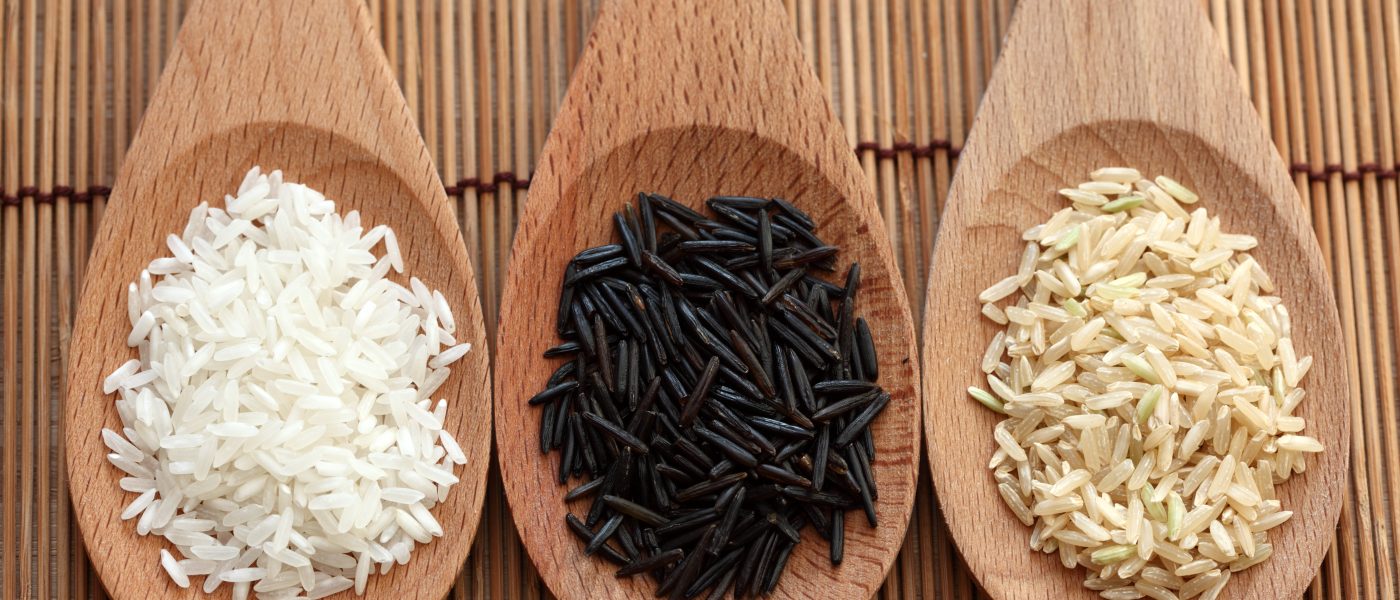
Wild rice and white rice have different health benefits and considerations. White rice is a good source of carbohydrates and provides quick energy, but it lacks the nutritional value of wild rice. On the other hand, wild rice is higher in dietary fiber, protein, and essential minerals such as magnesium and potassium. These nutrients play a crucial role in digestion, heart health, and overall well-being. However, it is important to be mindful of portion sizes and cooking methods, as excessive consumption of white rice can increase the risk of certain health conditions like type 2 diabetes. Incorporating both types of rice in a balanced diet can provide a variety of nutrients and flavors.
Health Benefits Of White Rice
White rice provides quick energy and is a staple in many cultures. It is a good source of carbohydrates, which are essential for fueling the body and brain. While white rice lacks the nutritional value of wild rice, it still offers health benefits. It is easily digestible and can be a suitable option for individuals with digestive issues. Additionally, it is low in fat and cholesterol, making it a healthier choice compared to some other food options. However, it is important to consume white rice in moderation as part of a balanced diet.
Nutritional Benefits Of Wild Rice
Wild rice offers several nutritional benefits that make it a healthy addition to your diet. It is a complete protein, meaning it contains all nine essential amino acids necessary for building and repairing tissues. Additionally, wild rice is rich in fiber, providing digestive health benefits and promoting feelings of fullness. It is also a good source of minerals such as potassium and zinc, which are important for various bodily functions. Incorporating wild rice into your meals can contribute to a well-rounded and nutritious diet.
Culinary Uses And Pairings
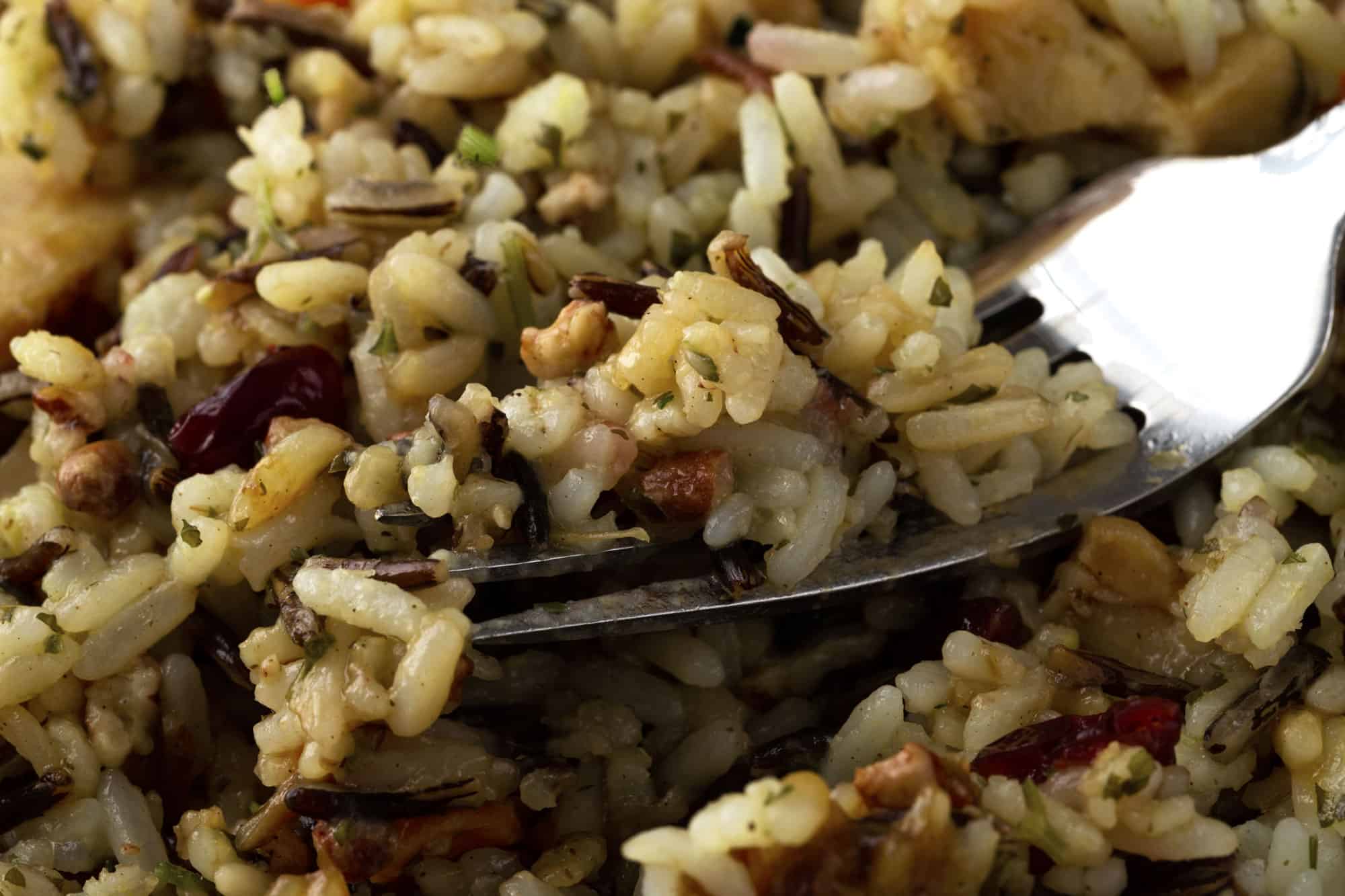
White rice is a versatile ingredient that is commonly used in a variety of cuisines around the world. It serves as a staple in Asian cuisine and is often enjoyed with stir-fries, curries, and sushi. It can also be transformed into dishes like fried rice, rice pudding, and rice cakes. White rice pairs well with a wide range of proteins, such as chicken, beef, and seafood, as well as vegetables and sauces.
On the other hand, wild rice is often used in gourmet dishes and adds a unique, nutty flavor and chewy texture to meals. It is commonly seen in salads, soups, and pilafs, and pairs well with ingredients like mushrooms, cranberries, nuts, and poultry. Wild rice can also be incorporated into stuffing, grain bowls, and even used in desserts like puddings or in combination with dark chocolate for added richness.
Overall, both white rice and wild rice offer diverse culinary possibilities and can be enjoyed in a multitude of dishes, depending on personal taste preferences and the desired flavor profiles.
White Rice In Different Cuisines
White rice is a staple in various cuisines around the world. In Asian cuisine, it is commonly used in dishes like stir-fries, curries, and sushi. In Latin American cuisine, it is often served alongside beans, meats, and stews. In Mediterranean cuisine, white rice is used in popular dishes like paella and risotto. It also plays a significant role in Middle Eastern cuisine, where it is paired with flavorful meats and spices. It serves as a versatile accompaniment to a wide range of dishes, adding a neutral base that balances out flavors and textures.
Wild Rice In Gourmet Dishes
Wild rice, with its unique texture and nutty flavor, is highly sought after in gourmet cuisine. Its versatility allows it to be used in a variety of gourmet dishes, elevating the flavors and presentation. Chefs often incorporate wild rice into gourmet salads, risottos, and stuffed vegetables. Its distinct appearance and rich flavor make it an excellent choice for adding complexity to gourmet soups and stews. From elegant side dishes to sophisticated main courses, wild rice adds a touch of sophistication and gourmet flair to any meal. Its unique characteristics make it a favorite choice for gourmet chefs looking to impress their diners.
Conclusion
https://www.youtube.com/watch?v=_cc0b3QPoGw&pp=ygUrV2hpdGUgUmljZSB2cyBXaWxkIFJpY2U6IEdyYWlueSBEaWZmZXJlbmNlcw%3D%3D

In conclusion, white rice and wild rice offer distinct differences in terms of nutritional value, texture, flavor, cooking methods, and culinary uses. White rice is a staple in many Asian cuisines and is known for its smooth and tender texture. On the other hand, wild rice has a unique nutty flavor and a long and slender grain. It is often used in gourmet dishes to add complexity and sophistication. When deciding between white rice and wild rice, it is important to consider personal preferences, dietary needs, and the desired outcome of the dish. Whichever rice variety you choose, both can be enjoyed as part of a balanced and nutritious diet.
Comparative Analysis Of White Rice And Wild Rice
White rice and wild rice offer distinct differences in terms of nutritional value, texture, flavor, cooking methods, and culinary uses. White rice is a staple in many Asian cuisines and is known for its smooth and tender texture. On the other hand, wild rice has a unique nutty flavor and a long and slender grain. It is often used in gourmet dishes to add complexity and sophistication. When deciding between white rice and wild rice, it is important to consider personal preferences, dietary needs, and the desired outcome of the dish. Whichever rice variety you choose, both can be enjoyed as part of a balanced and nutritious diet.
Recommendations And Final Thoughts
Based on the comparative analysis of white rice and wild rice, recommendations can be made depending on personal preferences and dietary needs.
For those looking for a staple grain with a smooth and tender texture, white rice is a great option. It is versatile and can be easily incorporated into various cuisines. However, it is important to note that white rice is more processed and may have lower nutritional value compared to wild rice.
On the other hand, if you’re seeking a grain with a unique nutty flavor and a long, slender grain, wild rice is the way to go. It adds complexity and sophistication to gourmet dishes.
In conclusion, both white rice and wild rice can be enjoyed as part of a balanced and nutritious diet. It ultimately comes down to personal preference and the desired outcome of the dish.
FAQ About White Rice Vs Wild Rice: Grainy Differences
Q: What is the main difference between white rice and wild rice?
A: The main difference lies in their botanical classification. White rice comes from the species Oryza sativa, while wild rice is derived from various species of the genus Zizania.
Q: How do the texture and flavor of white rice and wild rice compare?
A: White rice typically has a softer texture and milder flavor, while wild rice has a chewier texture and nuttier, earthier flavor profile.
Q: Are there any nutritional differences between white rice and wild rice?
A: Yes, there are significant nutritional differences. Wild rice is higher in protein, fiber, vitamins, and minerals compared to white rice, making it a more nutrient-dense option.
Q: Which type of rice is considered healthier, white rice, or wild rice?
A: In terms of nutritional value, wild rice is generally considered healthier due to its higher nutrient content. However, both types of rice can be part of a balanced diet when consumed in moderation.
Q: Can white rice and wild rice be used interchangeably in recipes?
A: While they can both be used in various dishes, their different textures and flavors may affect the final outcome of the recipe. It’s best to choose the type of rice based on the intended flavor and texture of the dish.

Lenoir’s Bistro & Bakery, a charming and chic cafe, has been delighting patrons with an array of delectable delights since its inception. From mouthwatering breakfast bites to succulent burgers and sandwiches and a tempting selection of pasta, sides, and desserts, Lenoir’s Bistro & Bakery is the go-to destination for food enthusiasts seeking a delightful dining experience. Founded by a passionate culinary team with a vision to create a welcoming and stylish eatery, Lenoir’s Bistro & Bakery has seamlessly blended the art of baking with the craft of preparing savory dishes. The result is a menu that caters to diverse tastes and preferences, offering something to satisfy every craving.